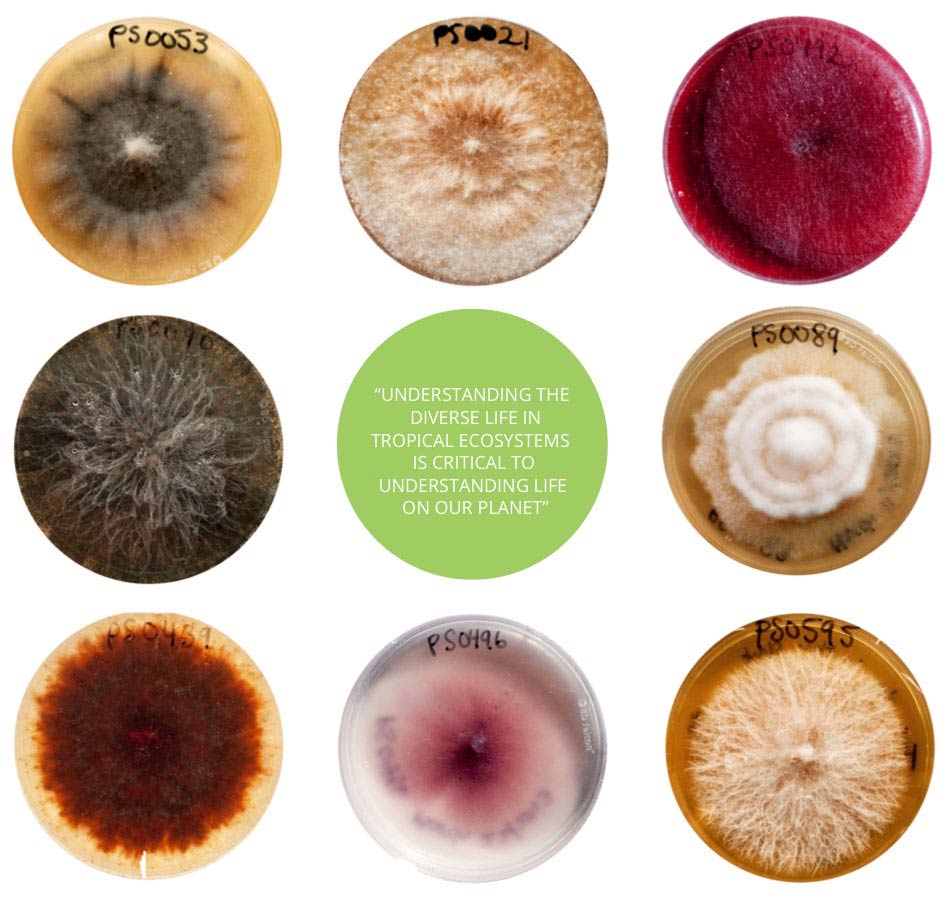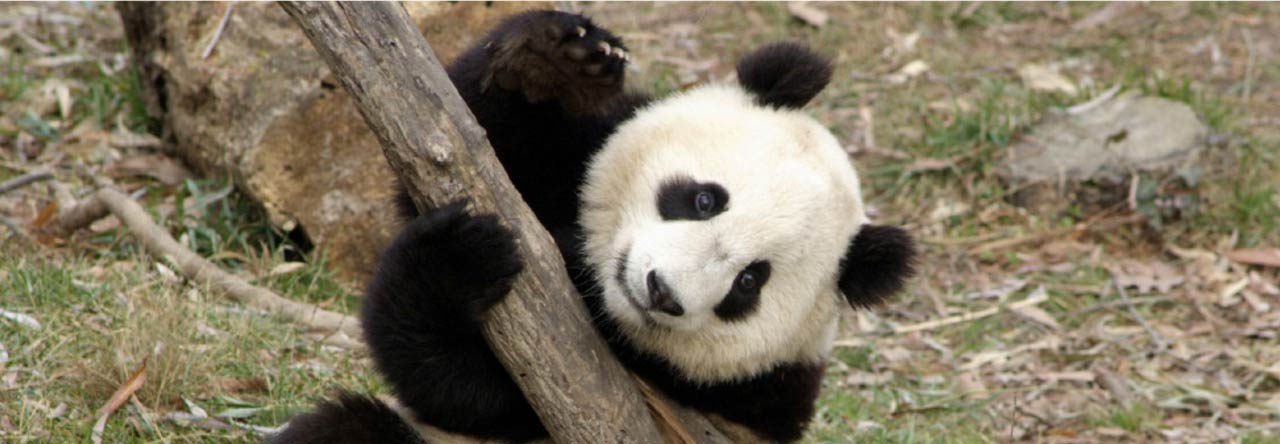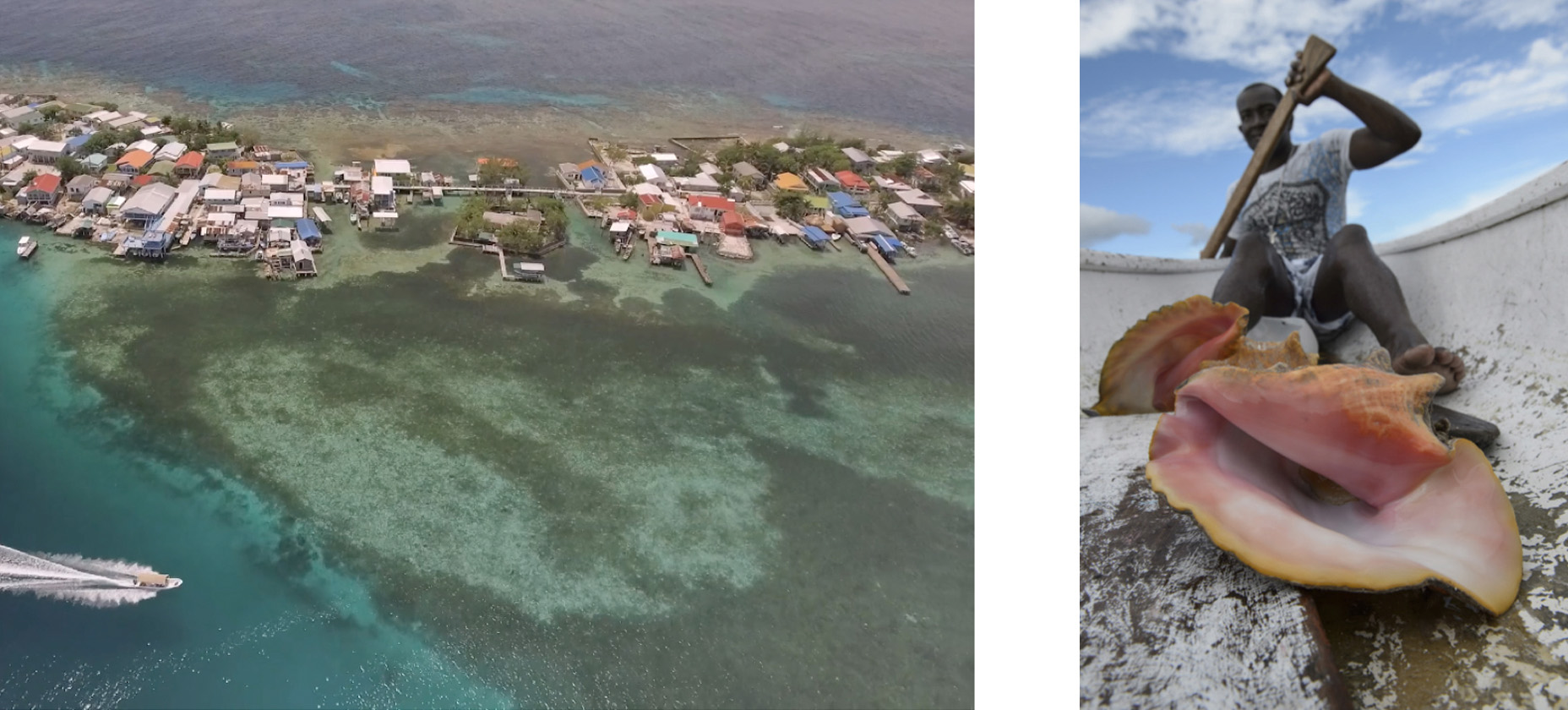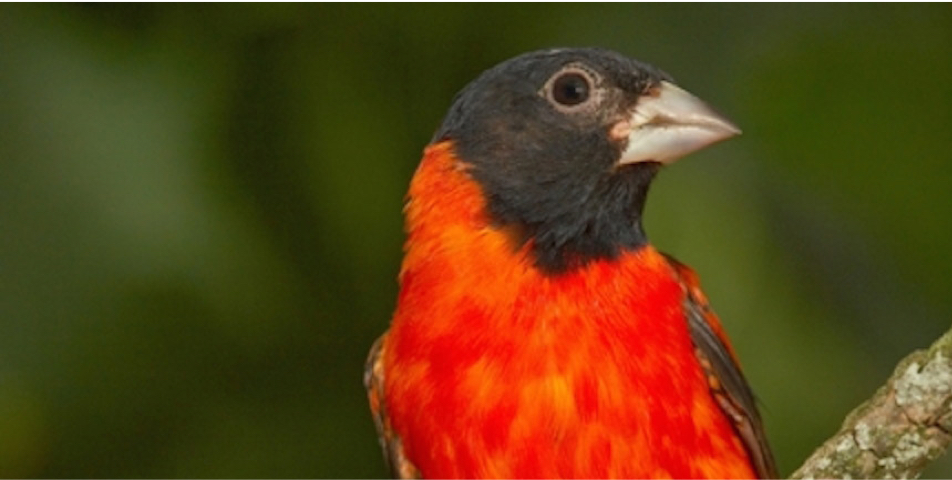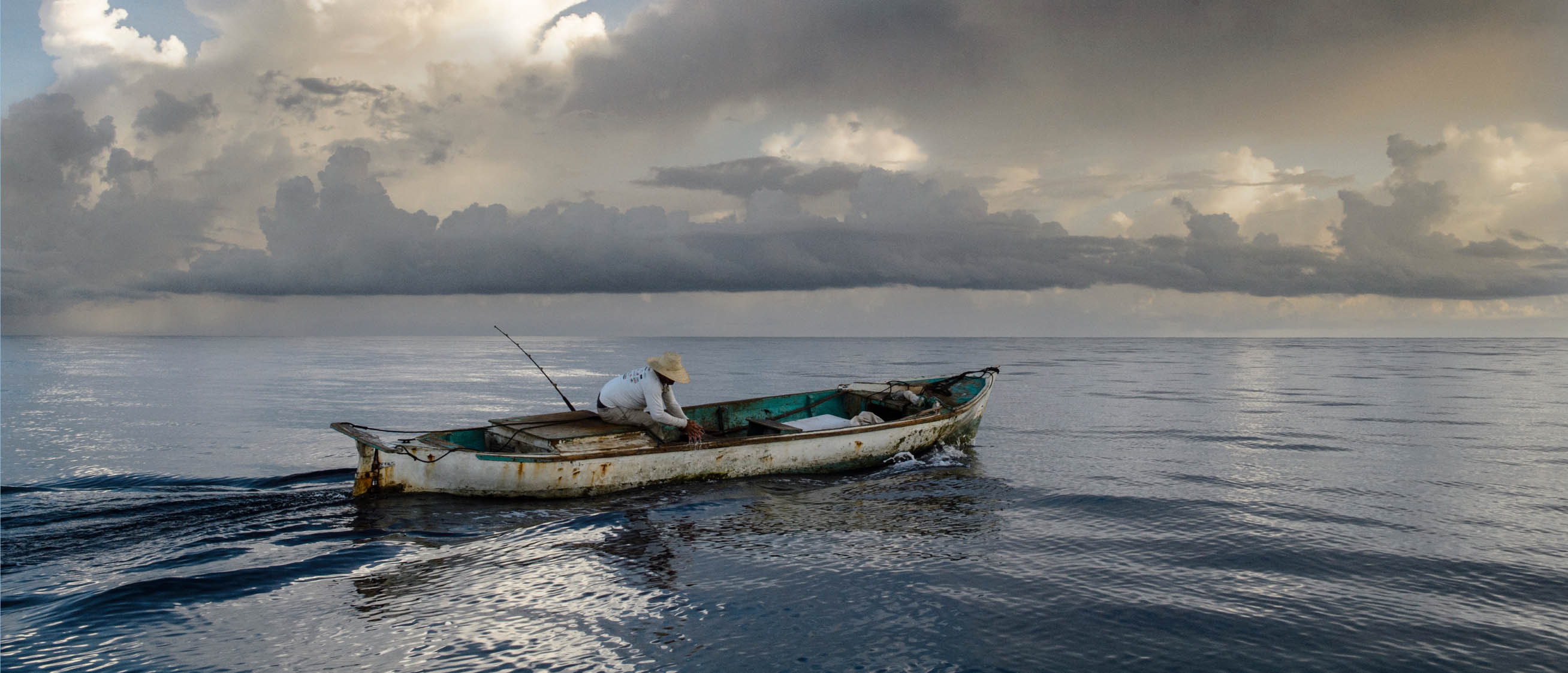
Smithsonian Science 2016
Smithsonian scientists work at the frontiers of discovery, from rewriting the fossil record to witnessing the formation of planets to decoding the world’s tropical forests.
Unearthing “Pre-rex”
Long before T. rex, the clever “pre-rex” roamed what is today the deserts of Uzbekistan 90 million years ago. Discovered by National Museum of Natural History paleontologist Hans Sues and a team of international researchers, the horse-sized Timurlengia euotica fills in an important gap in the fossil record. Though much smaller than Tyrannosaurus rex, it had already evolved the sharp senses of T. rex and its close relatives, showing that these features developed before these dinosaurs attained great size.
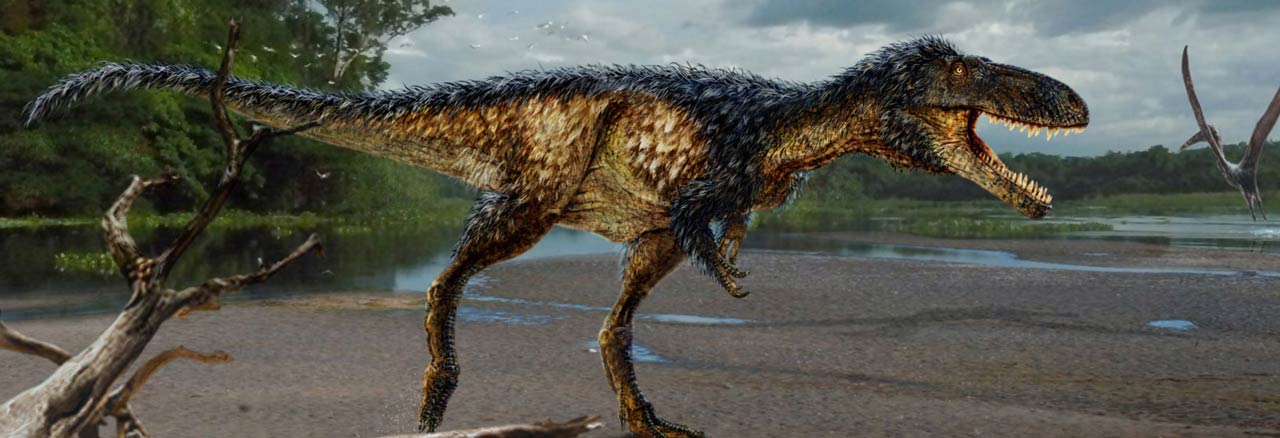
Giant Panda Conservation Pays Off
For more than 40 years, scientists and researchers at the the Smithsonian’s National Zoo and Conservation Biology Institute have worked with their Chinese counterparts to rescue pandas from the brink of extinction. The toil has paid off: Pandas were upgraded from “endangered” to “vulnerable” in late 2016. Species recovery continues through the study of conservation biology, reproduction, genetic diversity, health threats and expanding and connecting vulnerable forest habitat in the pandas’ native range.
Planets in the Making
Astronomers with the Smithsonian Astrophysical Observatory have had the best-yet look at the some of the earliest stages of planetary formation around a young star. The high-resolution images, taken with a radio telescope array in Chile’s Atacama Desert, depict bright, concentric rings and dark gaps around a star 175 light-years away. The nearest protoplanetary disk to Earth, scientists believe it’s akin to viewing a snapshot of our own solar system in its earliest days.
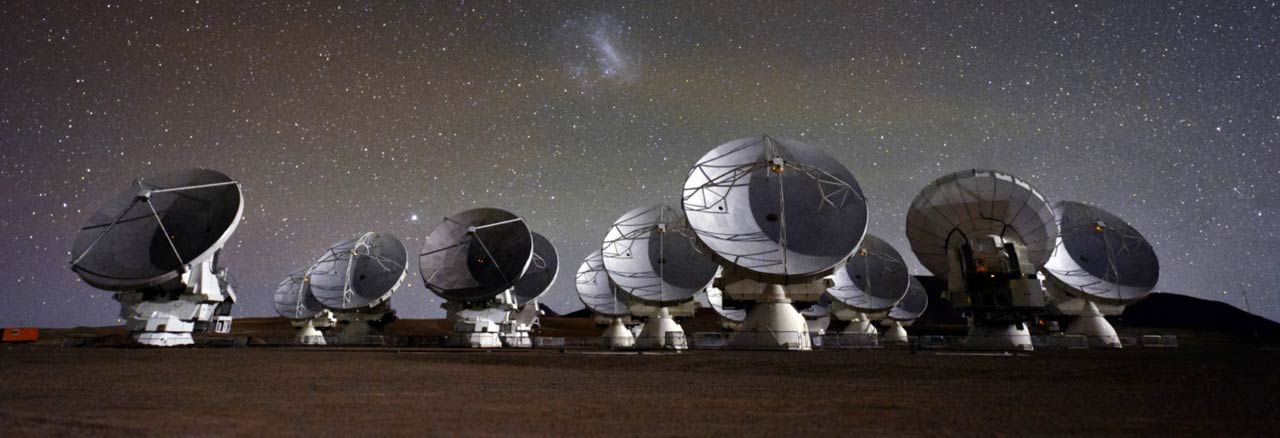
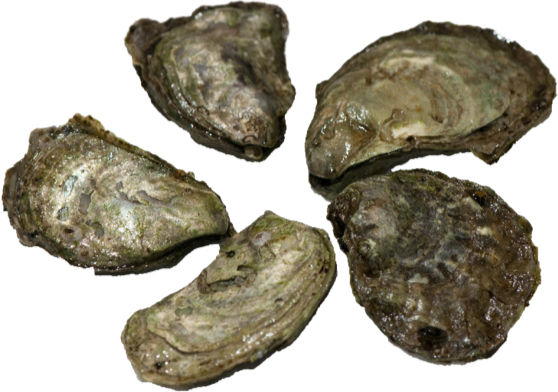
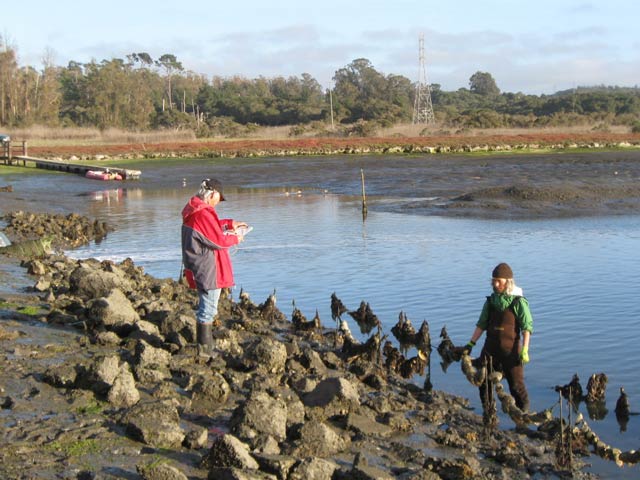
PROTECTING REEFS, SUPPORTING FISHERIES
Understanding the movement of marine species throughout and beyond protected reefs is critical for creating biodiverse, sustainable small-scale fisheries in Belize and Honduras. In collaboration with global and local conservation organizations, and with support from The Summit Fund of Washington and Oceans 5, researchers with the Smithsonian Marine Conservation Program have launched an initiative to couple ecosystem models with a smartphone app for fishers to track their catches and sales. The project aims to improve management of marine reserves, protect fishers’ livelihoods and build a viable future for the region’s coral reef ecosystems.
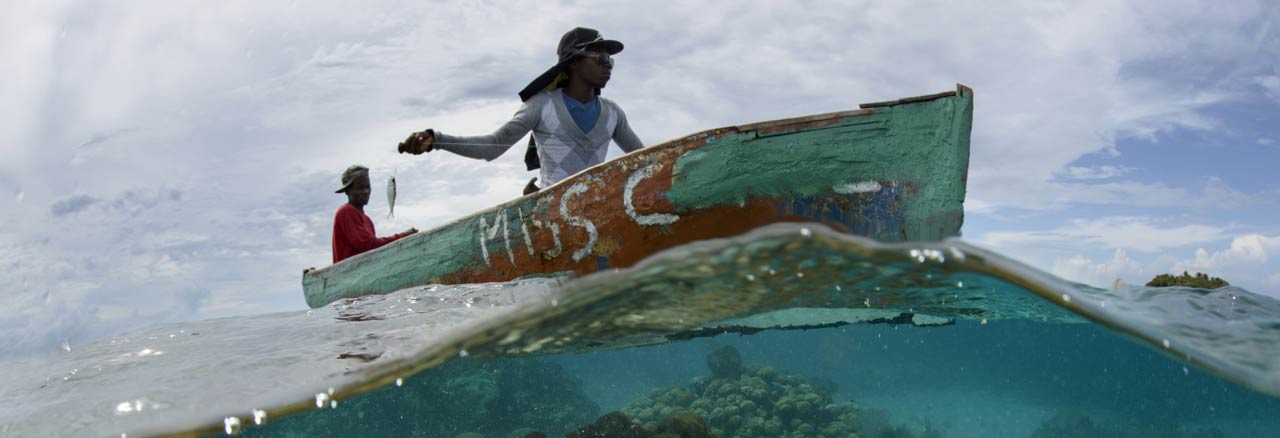
Collaborating on Conservation
Venezuela’s El Cardenalito is such an iconic species that it graces the country’s highest banknote. Yet the Red Siskin (Spinus cucullatus) is critically endangered after decades of trapping for the pet trade. In 2000, a new population was discovered in Guyana. Since then, National Museum of Natural History zoologist Michael Braun has worked with six Smithsonian units and more than a dozen partners in Venezuela, Guyana, Australia and the United States to rebuild populations through the study of its biology and genetics.
In 2016, researchers completed one detailed genome and draft genomes from nine other wild birds, vital information for distinguishing regional variations, assessing inbreeding and preventing hybridization. DNA from 19th and early 20th-century museum specimens will also inform future breeding decisions and conservation management.
“The effort includes habitat protection, captive breeding, sustainable agroforestry, education and community involvement, plus cutting-edge genomics,” says Brian Coyle, project coordinator for the Red Siskin Initiative, a biologist at the museum. “It can serve as a model project for modern conservation.”
Digging Deep on Biodiversity
From shielding plants against pathogens to helping dust-like orchid seeds germinate, microbes are an essential element of the tropical forest—highly diverse habitats that also play a critical role in regulating Earth’s climate.
Scientists are only starting to grasp how fungi and bacteria shape the forests and support their incredible diversity. Though a universe of microbial life occupies every jungle plant from treetop to root tip, microbes today are the least understood major players in tropical forest ecosystems.
Smithsonian Tropical Research Institute scientists recently launched a long-term initiative to identify and understand the roles of microbiomes in tropical forests. Large-scale surveys on Barro Colorado Island, in the Panama Canal watershed and elsewhere will characterize how fungi and bacteria affect the functions of individual plants as well as entire plant networks. With more than 100 years of ecosystem research in Panama’s forests, the institute is uniquely positioned to explore this fast-emerging field of biology.
“Scientists increasingly recognize that individual organisms—birds, insects, plants, humans—are actually a blend of host and symbiotic microorganisms. For example, scores of different species of fungi and bacteria live within a postage-stamp-sized area of a leaf,” says Allen Herre, an institute research biologist involved in the investigations. “By demonstrating the effects of these microbes, we can learn how these communities benefit or harm their host plants, and affect the function of entire forest communities in important ways we are only beginning to understand.”
“The Smithsonian Tropical Research Institute is conducting research that few organizations, if any, are in a position to pursue. Their work is important, and we are delighted to support it,” says Dr. Jim Simons, chairman of the Simons Foundation, a major donor to the endeavor. “Understanding the diverse life in tropical ecosystems is critical to understanding life on our planet,” adds foundation president Marilyn Simons.
